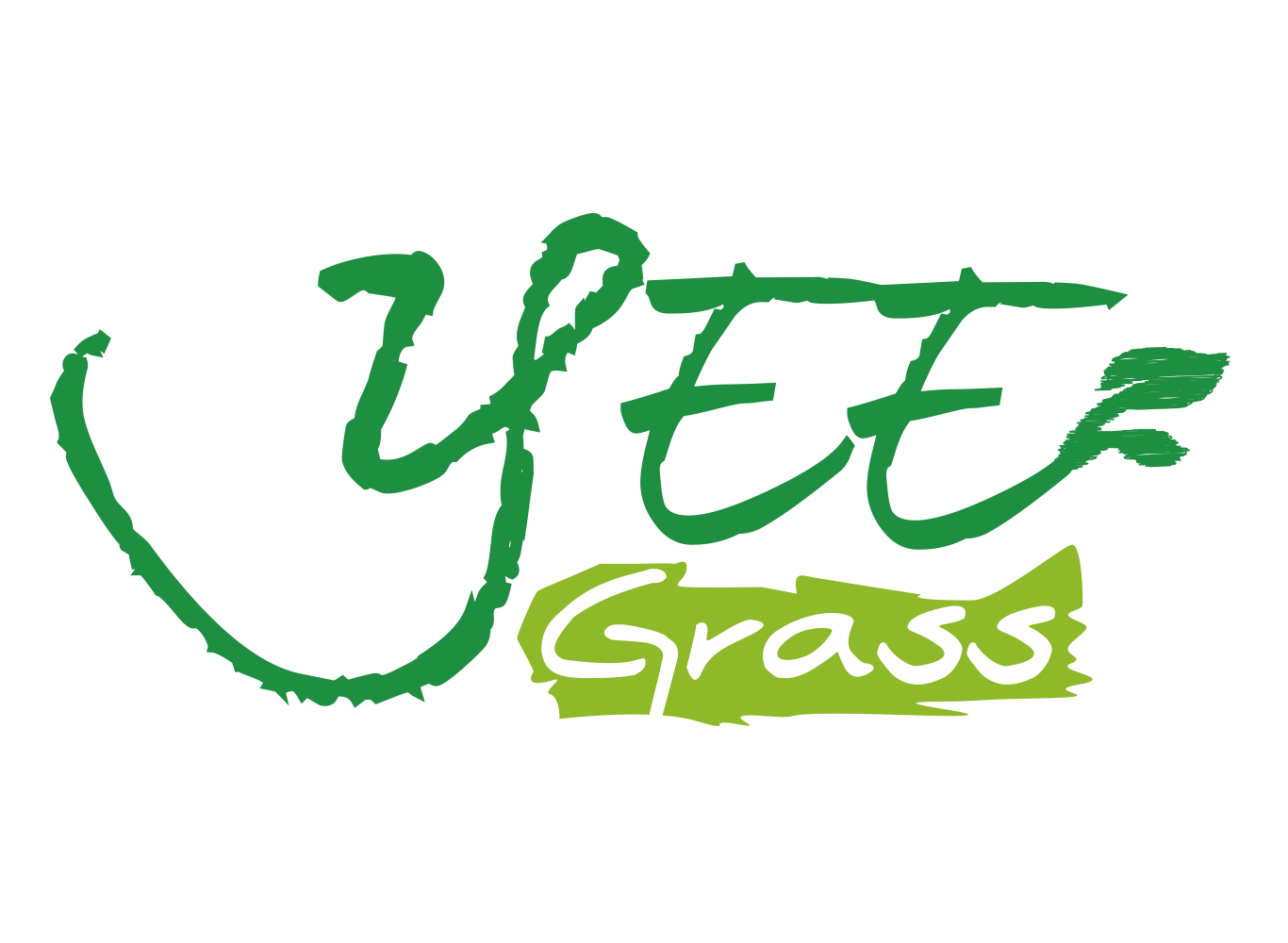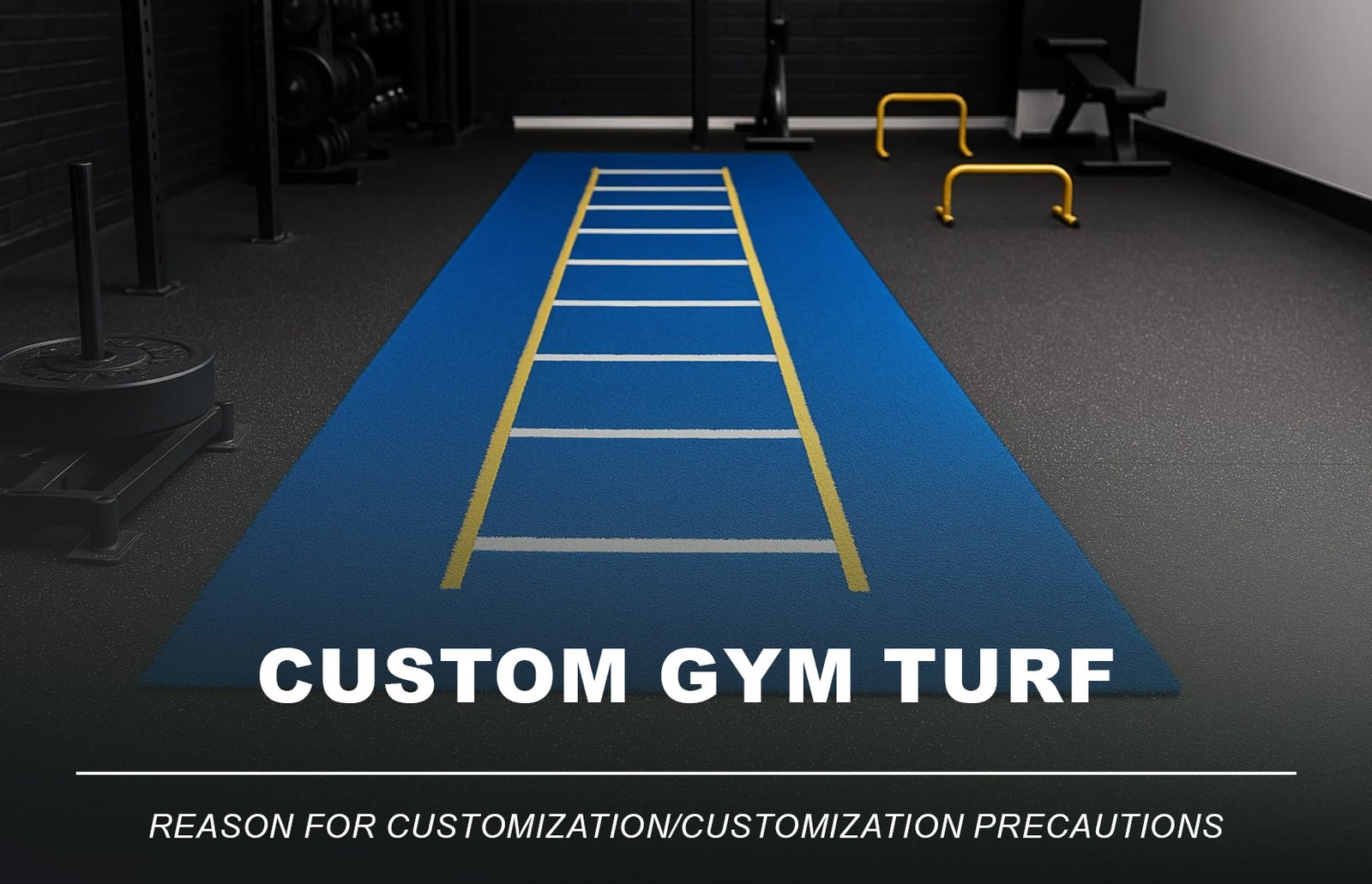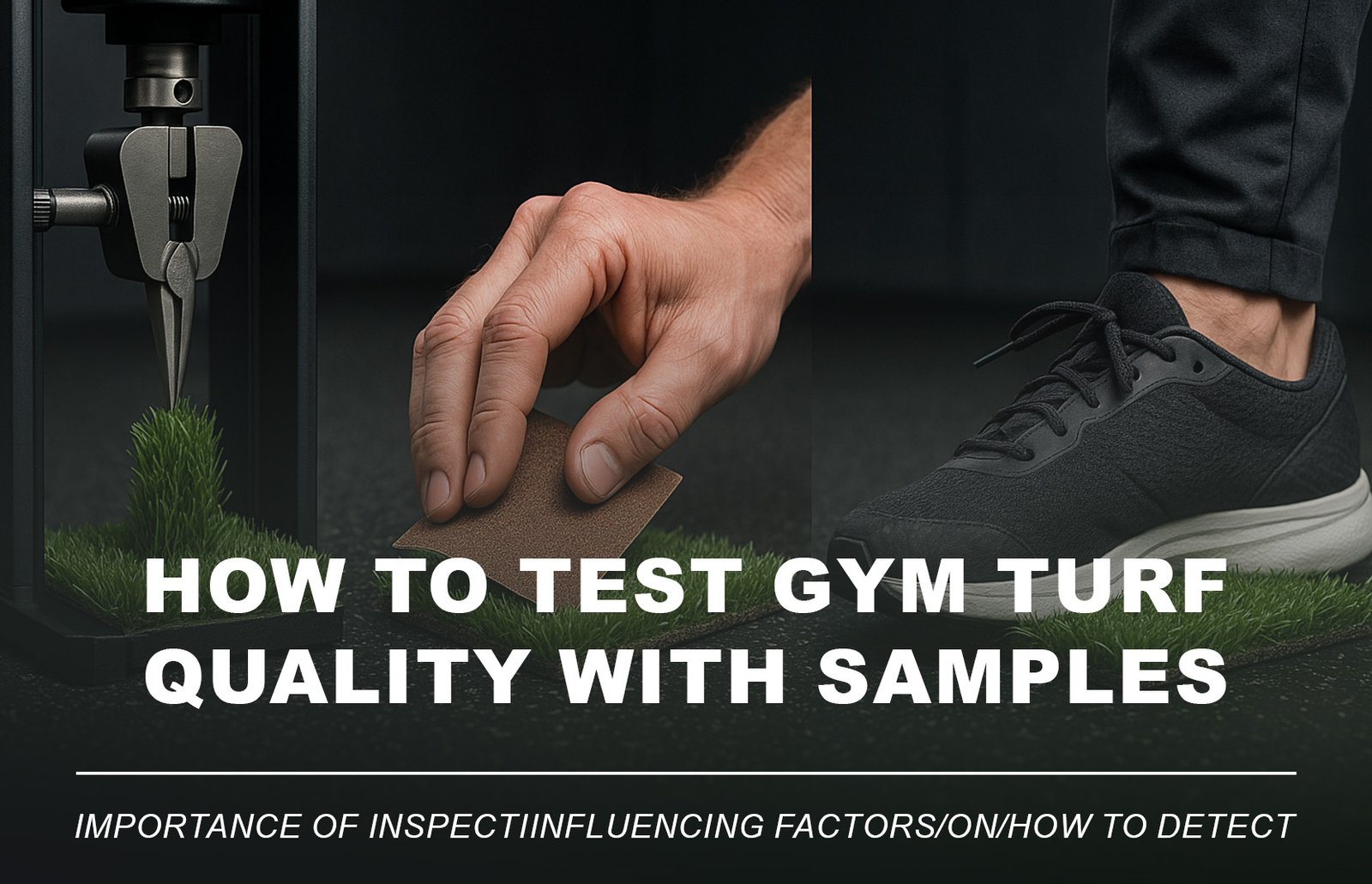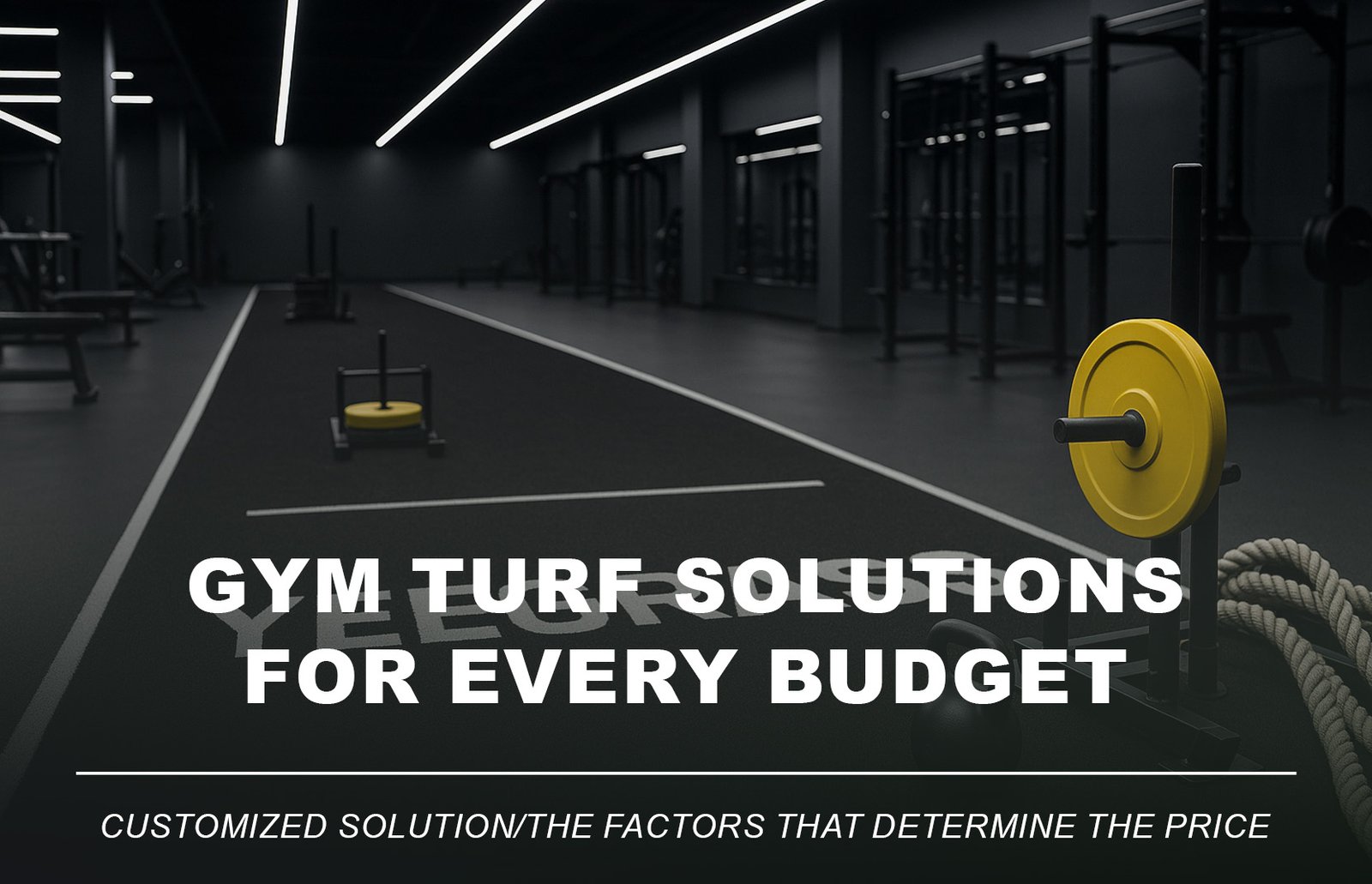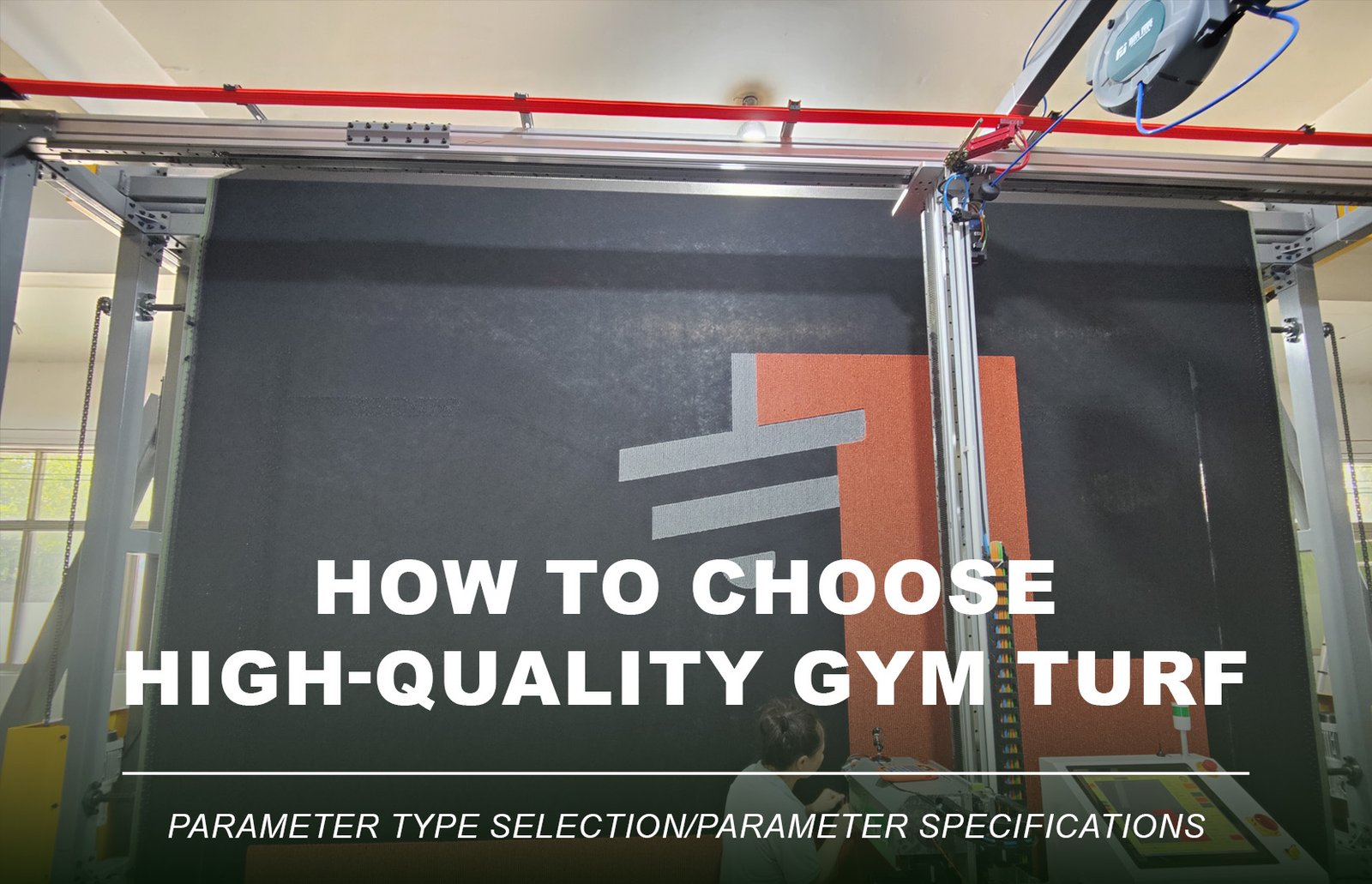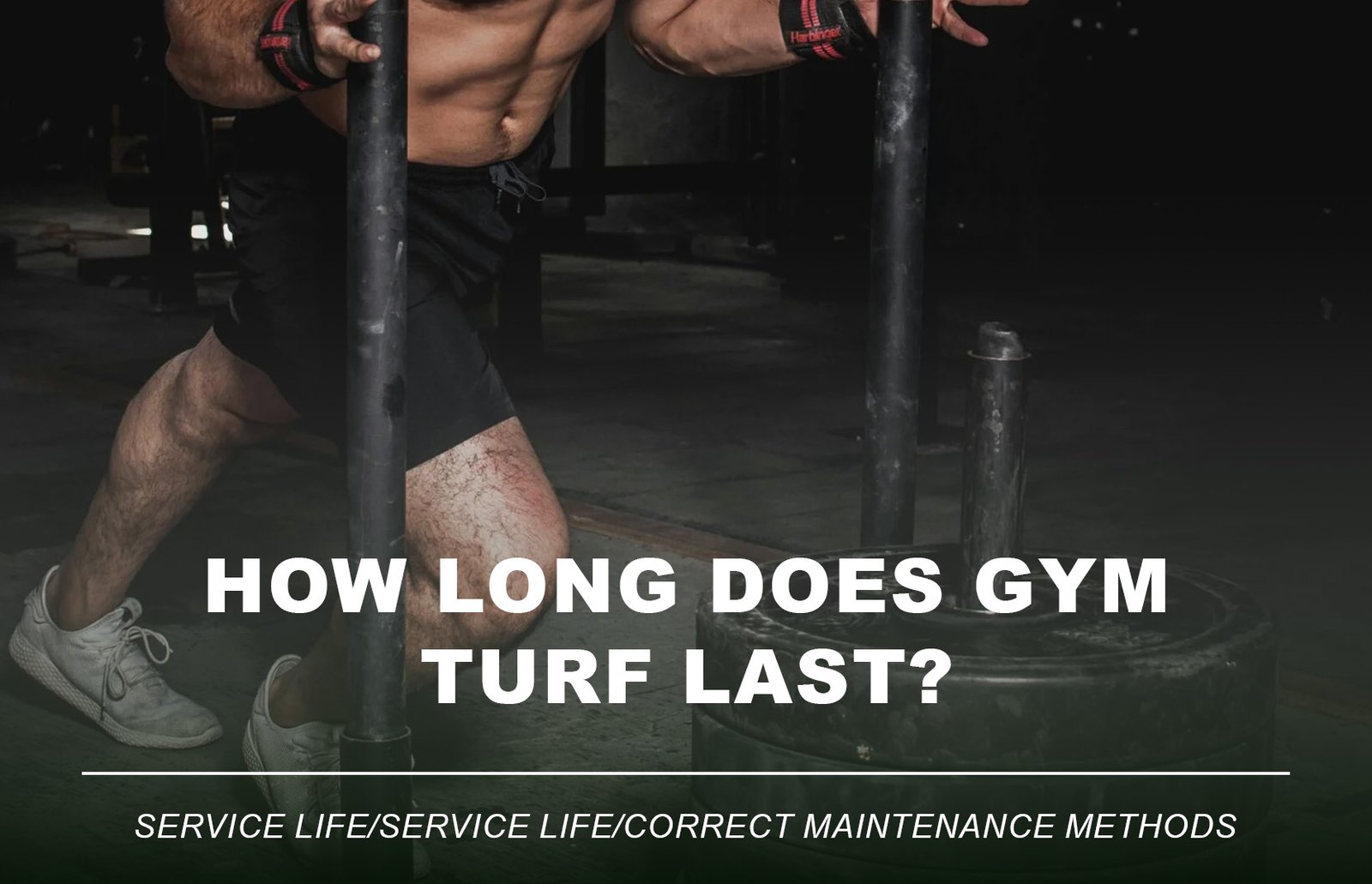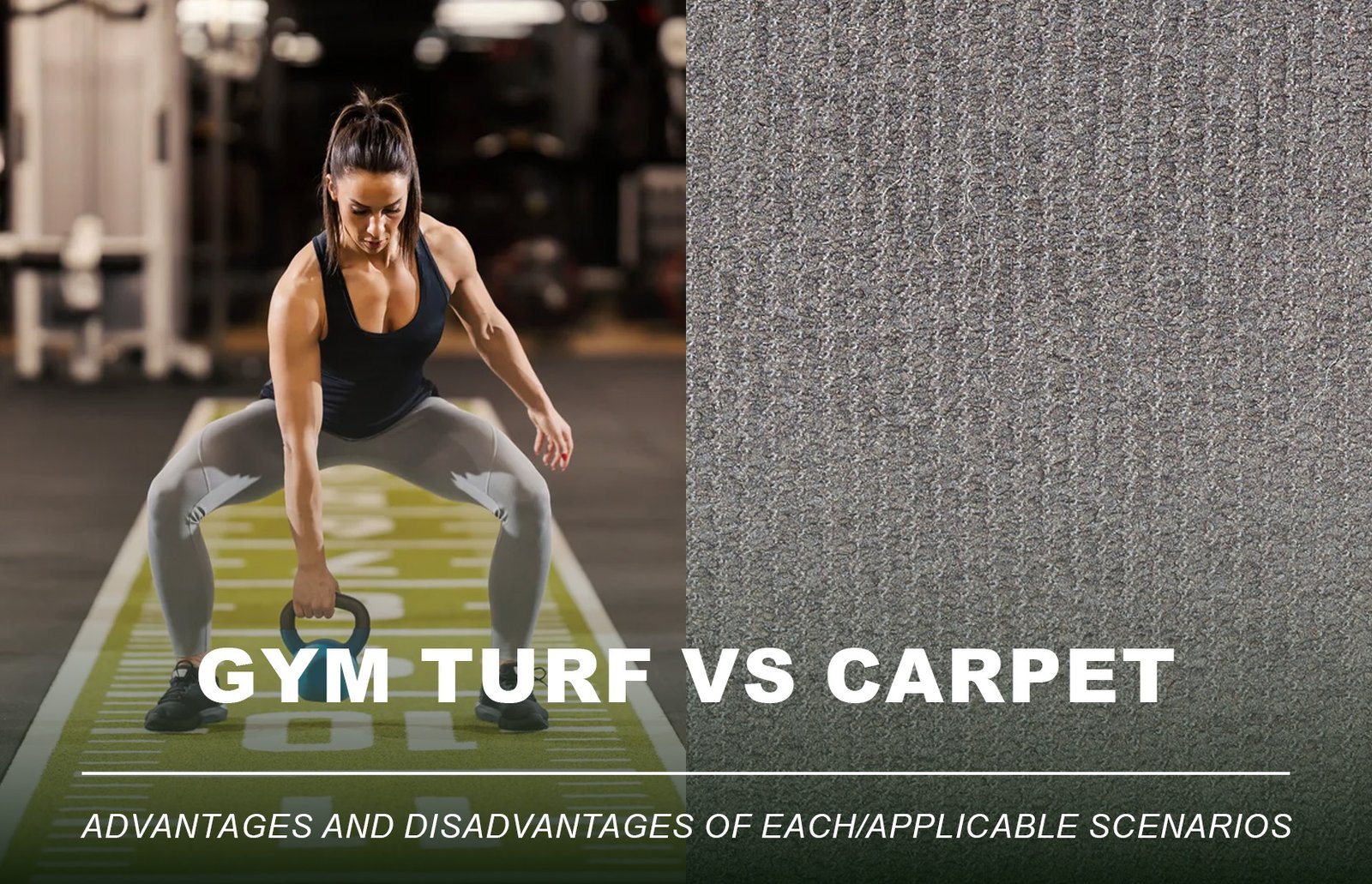In any functional training facility, the floor is more than just the surface you stand on—it’s a crucial part of the performance equation. Whether you’re building a space for HYROX, CrossFit, HIIT, or other multi-modal workouts, your flooring must support explosive movement, equipment use, and high traffic. When comparing gym turf to traditional carpet, the differences go far beyond appearance. So, which is truly better for functional training?
Let’s break it down.

1.Why Flooring Matters in Functional Training
Functional training involves dynamic, full-body movements across multiple planes—think sled pushes, agility drills, jumping, dragging, and heavy lifting. These movements put significant stress on your body—and your floor.








An ideal functional training surface should provide:
- Durability against sled friction, weights, and constant foot traffic
- Traction for safe movement and change of direction
- Shock absorption to protect joints from impact
- Compatibility with fitness equipment
- Ease of maintenance and hygiene in high-use spaces
2.Gym Turf: Built for High-Performance Functional Fitness
Gym turf is engineered specifically for performance environments. Constructed with durable polyethylene or polypropylene fibers and layered over a high-resilience backing, turf is made to endure rigorous workouts.
(1)Advantages of Gym Turf
- Sled Push and Pull Ready: Delivers consistent resistance and smooth glide
- Great for Agility: Supports sprinting, ladder drills, and shuttle runs
- Customizable: Can include markings, distances, zones, or even brand logos
- Anti-Slip & Resilient: Designed to withstand explosive movement
- Easy to Clean: Moisture-resistant and antimicrobial surface
(2) Ideal Use Cases
- HYROX training lanes
- CrossFit sled zones
- Agility/speed training areas
- High-performance fitness centers




3.Carpet: Soft, but Not Sport-Ready
While carpet may be budget-friendly or used in multipurpose rooms, it’s far from ideal for athletic performance. Commercial carpets are designed for aesthetics and foot comfort—not for dynamic, high-impact training.

(1)Disadvantages of Carpet for Functional Training
- Poor durability: Wears quickly under heavy equipment or dragging
- Slippery surface: Increases risk of injury during sprints or sled work
- No shock absorption: Offers minimal support for jumps or impacts
- Absorbs sweat: Prone to odor and bacteria build-up
- Incompatible with sleds and high-friction gear
(2)Where Carpet Might Work
- Office-style wellness rooms
- Stretching or low-impact areas (with very light use)
- Home gyms for non-functional workouts


4.Gym Turf vs Carpet: Side-by-Side Comparison
| Feature | Gym Turf | Carpet |
| Durability | ✅ High – handles sleds, foot traffic | ❌ Low – prone to wear and tear |
| Traction | ✅ Excellent grip, anti-slip | ❌ Often slippery under foot |
| Shock Absorption | ✅ Moderate cushioning | ❌ Minimal to none |
| Equipment Compatibility | ✅ Great for sleds, ropes, weights | ❌ Poor – sleds snag or damage fibers |
| Maintenance | ✅ Easy to clean, antimicrobial | ❌ Absorbs sweat, difficult to sanitize |
| Professional Look | ✅ Custom branding and zone lines | ❌ Generic, non-sport appearance |


5.Conclusion: Why Turf Wins for Functional Training
For athletes and gym owners alike, performance and safety are non-negotiable. When it comes to functional training, gym turf is far superior to carpet in almost every category—traction, durability, compatibility, hygiene, and professional appeal.
While carpet may work in casual or low-impact spaces, serious training demands serious flooring. If you’re setting up a HYROX zone, CrossFit box, or performance center, investing in high-quality turf is the smart long-term choice.
